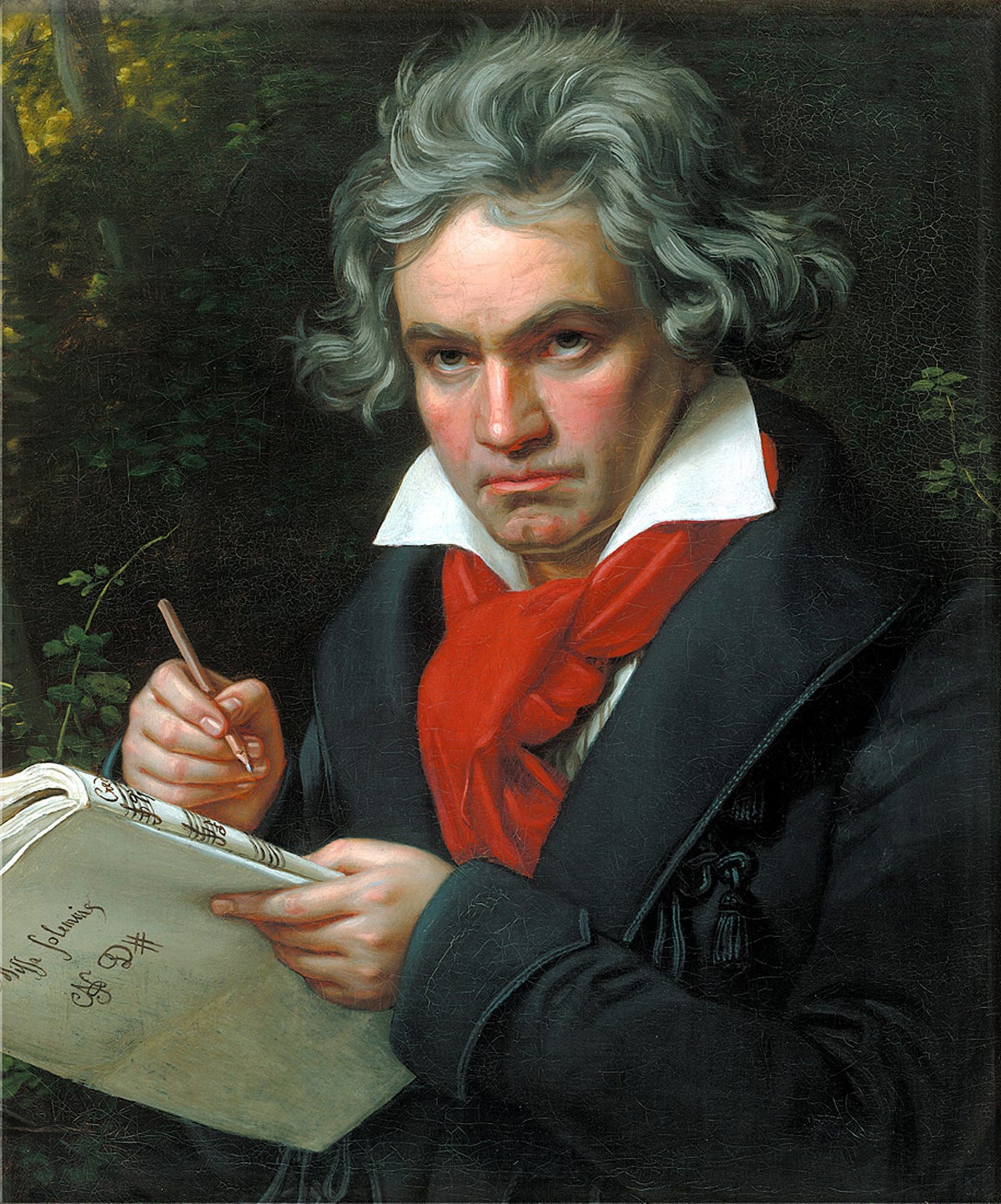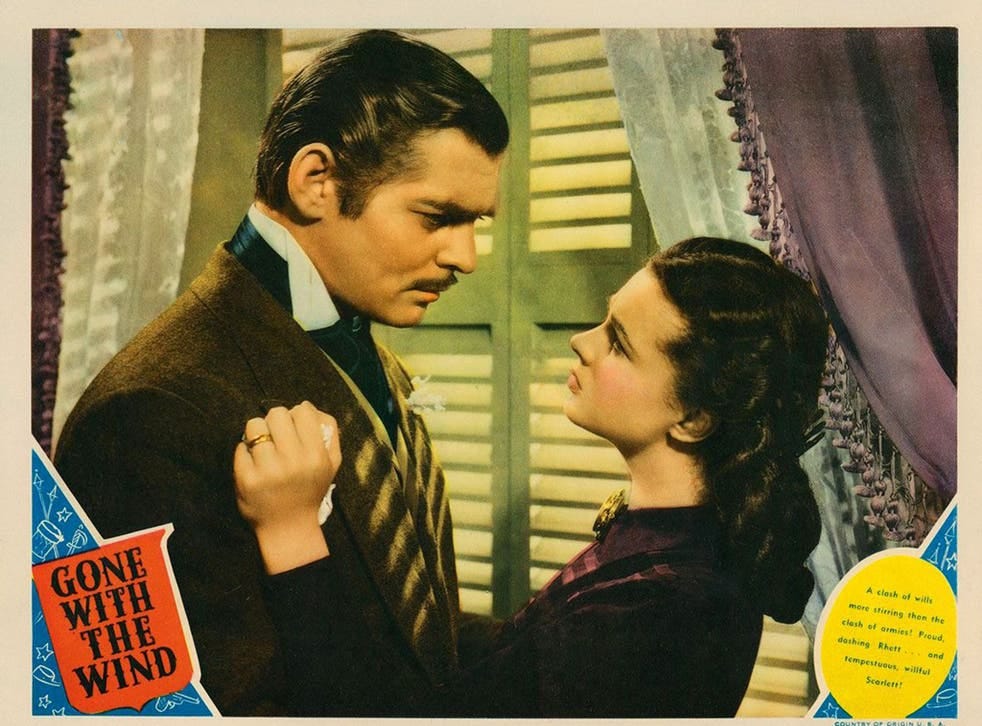Magical Slices of Time
A perplexing aspect of history is how certain moments produce such greatness.
Many adults marvel at the fact that teenagers and indeed young people well into their 30s seem to really like what we call “classic rock.” High school graduations often feature a weird composite of hit ‘60s, ‘70s, and ‘80s tunes (most people seem to have discarded the ‘90s) mixed with Arianna Grande, the Weeknd, Imagine Dragons, and Halsey. Heck, Elton John has a top ten hit with his combo remake of “Rocket Man” and “Cold Heart” with Dua Lipa.
Pick almost any movie. There will be standard fare rap, but more often than not you’ll also find the Doors, Vanilla Fudge, the Stones, the Beatles, andJimi Hendrix (though, surprisingly not a lot of Cream or Jefferson Airplane). The Sixties, especially, has remarkable staying power because, well, the songs were so darn good. “Hey Joe” (despite lyrics that make liberals cringe, “Devil With a Blue Dress", “Good Vibrations,” “Foxy Lady,” “All You Need is Love,” and “Hey, You, Get Off of My Cloud” and any one of five hundred other songs you can name are memorable, hummable, and still to this day speak to normal emotions of lust, love, hope, hate, depression and excitement. Yet all of these incredible songs and the individuals/bands who made them appeared in a window of roughly seven or eight years.
You know what’s even more remarkable?
It wasn’t the first time this happened. One can point so a slightly larger era that birthed Beethoven, Brahms, Mozart, and a dozen more musicians we today also call “classics.” And their work has wound its way into modern music more than most know.
And you know what’s even more remarkable? It’s not just in music that this has happened.
In the first three decades of the 20th Century, the world saw its three greatest architects appear on the scene—-in three different places—-with three different styles. Yet all three spoke to the unity of man (individually) and of life.
A German, Walter Gropius, of the “Bauhaus School” (roughly 1920-30), introduced an architectural style known for both its “modernity” (always a squish term since what is modern changes) and, more important, its functionality. Gropius spoke to the natural man who had little time for philosophizing or art appreciation. No, Gropius’s man just wanted a nice place to sit down.
Further to the west, Antoni Gaudi, the Catalan architect, simultaneously explored color and shape in ways that would likely have horrified Gropius.
Gaudi, no doubt, had a modern streak, as seen in his Casa Balto and Park Guell.
But the “real” Gaudi had his heart set on things above. His astonishing La Sagrada Familia cathedral in Barcelona should rank as one of the seven wonders of the world. And it was entirely dedicated to God. Or, you could say, whereas Gropius spoke to man’s body, Gaudi spoke to man’s spirit. (Interestingly, to get back to music, a modern band, the Alan Parsons Project, dedicated an entire album to Gaudi, called, well . . . “Gaudi”).
Yet further to the West still was the American Frank Lloyd Wright, whose styles sought to place structures within nature. His Fallingwater remains a pathbreaking work combining the physical world with human habitation. You could say he spoke to man’s soul or emotion. The three combined represented the triune being of man—-spirit, soul, body.
(I discuss the interelationship of these three architects in my book with Dave Daugherty, A Patriot’s History of the Modern World, vol. 1), now only available in PDF.
That such genius would appear within a single decade would be stunning, except just a decade later . . . it happened again. This time, it was in the new field of motion pictures. And NO. OTHER. YEAR. EVER. CAME. CLOSE.
Among the pictures made that year were “Gone with the Wind,” “Gunga Din,” “The Hunchback of Notre Dame,” “Stagecoach,” “Dark Victory (that just happened to have as a co-star a future president of the United States . . . .)
”The Wizard of Oz,” “Mr. Smith Goes to Washington,” “Ninotchka,” “Of Mice and Men,” “Goodbye Mr. Chips,” “Young Mr. Lincoln,” “Wuthering Heights,” and “Destry Rides Again.” Again, this was in just one year.
What is it about human creativity that sparks such bursts of genius? It’s easy to see in areas of science and technology, where researchers and inventors working close to each other can physically observe what others are doing. And to some degree our rockers did know about each other’s work—-but certainly Gropius, Gaudi, and Wright weren’t communicating, and probably hadn’t even looked at each other’s designs. And when you’re involved in making a movie, believe me you have no time to screen other films.
No, there is something spiritual and sacred in the creativity of man, where every so often we find ourselves in the midst of an inspired state that can only come from above—-despite the participants’ own shortcomings, sins, and failures. And thank God for those moments.
Larry Schweikart
Rock drummer
Film maker
NYTimes #1 bestselling author
Political pundit
For even more truth-based current events, politics, and history content + resources, check out my VIP membership below
https://www.wildworldofhistory.com/vip














